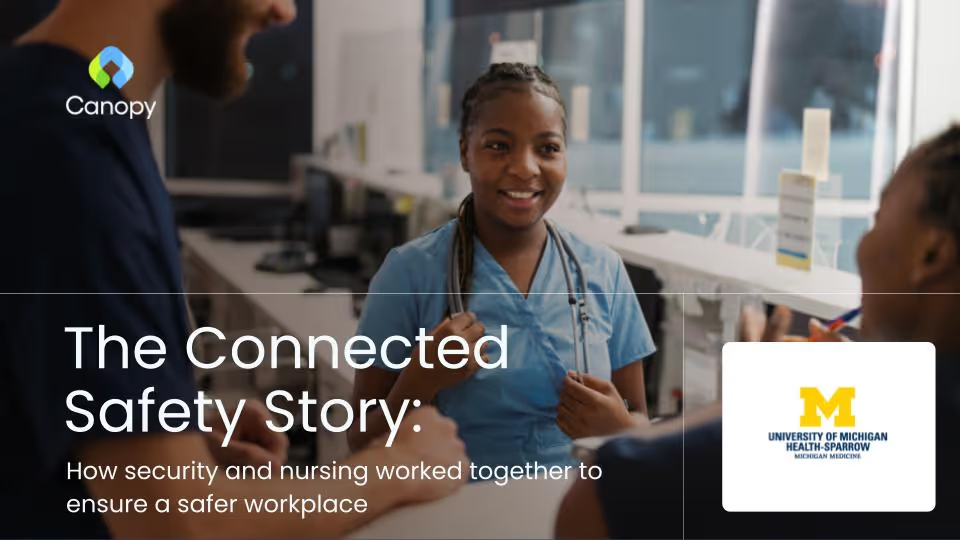By Jeanne J. Venella DNP, MS, CEN, CPEN
Workplace violence (WPV) in healthcare has reached a crisis point. Despite nursing being voted the most trusted profession for 21 consecutive years, nurses are on the front lines, facing dangers that erode their well-being and compromise patient care. This escalating threat requires healthcare leaders to treat staff safety with the same urgency and commitment applied to patient safety, viewing it as fundamental to nurse empowerment and overall quality outcomes.
The Alarming State of Workplace Incivility
The data on WPV in healthcare is staggering. Workplace violence in healthcare has increased by 30% between 2011 and 2021/22, one study showed, and in some hospital settings by as much as 158%.
- Nurses are 4 times more likely than police and sheriffs to be injured by violence at work.
- In one quarter of 2022, two nurses were assaulted every hour, totaling 57 nurses assaulted daily in the U.S.
- The top rates of assault occur in Psychiatric units, Emergency departments, and Pediatric departments.
- WPV doesn’t discriminate; it occurs anywhere on hospital property, from exam rooms to common spaces to parking lots.
- WPV does not only mean physical threats, but it also includes verbal threats or a general feeling of being unsafe.
Unfortunately, these numbers are just the tip of the iceberg, as an estimated 70% of workplace violence incidents are never reported. Physical and verbal assault are tragically normalized, often considered "part of the job," leading to a workplace culture that accepts a certain level of fear.
The Profound Impact: Everyone and Everything Suffers
Workplace violence creates significant harm that radiates across the entire hospital system—from staff morale to financial stability and patient outcomes.
Impact on Staff Wellbeing and Retention
When nurses and healthcare workers do not feel safe, their mental and physical health suffers.
- Staff exposed to WPV are 2 to 4 times more likely to report high levels of PTSD, anxiety, depression, and burnout.
- A safe work environment is the number one factor affecting a nurse’s decision to stay or leave their current position.
- The national average nurse turnover rate is 27%, and the average RN vacancy rate exceeds 20%.
Impact on Quality and Patient Experience
The connection between a culture of safety and employee engagement cannot be overstated. When employees feel safe, they exhibit higher levels of engagement, leading to better performance in quality, patient experience, and efficiency outcomes. Conversely, WPV can lead to:
- Staff turnover and shortages.
- Distractions and disruptions in care delivery.
- Increased patient anxiety and trauma.
Care environments where staff feel safest report better patient outcomes.
The High Financial Costs of Violence
WPV drives millions in both direct and hidden costs for health systems.
- Violence-related injuries are four times more likely to cause healthcare workers to take time off.
- More than 13% of days out of work are due to WPV, with health care workers using over 110 hours of sick, disability, and leave time annually, costing hospitals nearly $5 million per year.
- The average cost of turnover per RN is now exceeding $100,000.
- For egregious incidents, fines and litigation are substantial: the average OSHA fine for WPV incidents can be $100,000, and the average jury award is $3.1 million.
Cultivating a Culture of Protection: Solutions and Best Practices
It took 10 years after reaching the patient safety "crisis point" for the industry to take firm, collective action. We must not wait as long to address WPV. Organizations must take proactive steps to prevent, mitigate, and support staff members.
Key Interventions and Standards:
- Leadership Commitment: Senior Leadership must prioritize WPV prevention and support programs, as well as technology that reduces violent incidents.
- Program Development: Establish an interdisciplinary Workplace Violence Committee to develop clear policies, procedures, and processes for reporting incidents and providing follow-up support to victims.
- Training: Provide de-escalation and trauma-informed care training for all patient-facing workers. Early identification, a no-tolerance policy, and the encouragement of reporting are essential.
- Technology & Tools: Working closely with security leadership to adopt tools that enable team members to discreetly signal the need for help and gain de-escalation assistance from nearby colleagues.
Practical De-escalation Techniques
Staff should be equipped with skills to manage aggressive behaviors and prevent incidents from escalating:
- Stay Calm and in Control: Remain composed to think clearly and respond effectively.
- Listen with Empathy: Acknowledge their feelings and validate their concerns.
- Maintain Personal Space: Maintain a safe distance and avoid invading their personal space.
- Avoid Confrontation: Use calming language and avoid making demands or threats.
Measure and Track
Finally, what gets measured gets managed. Organizations must track and measure incidents with transparency and accuracy to guide interventions:
- Collect baseline and ongoing data on the number of assaults (verbal and physical), the percentage resulting harm, days missed from work, incident response times, and even staff turnover rates.
- Analyze WPV data by unit, time of day, and category to identify patterns and areas of risk.
A safe work environment is not a luxury—it is the foundation for a productive, engaged, and healing environment. By prioritizing the safety of our care teams, we empower nurses, reduce costly turnover, and ultimately improve the quality of care for every patient.
Workplace violence is driving staff turnover, but it doesn't have to. This in-depth case study shows how a major Northeast Health System used Canopy to reduce incidents, close communication gaps, and create a truly supportive work environment.



